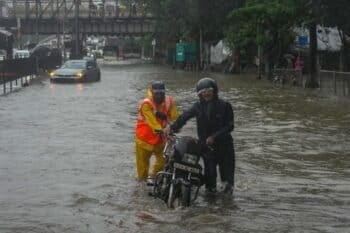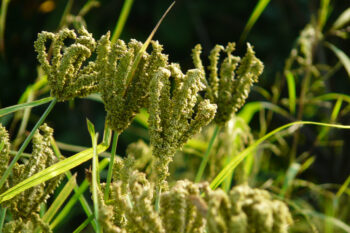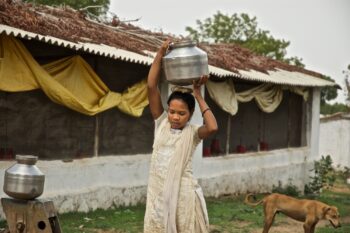A Special Investigation Team (SIT) constituted by the Supreme Court of India will look into allegations of animal trafficking and mismanagement at Vantara – the famed private rescue and rehabilitation centre owned by billionaire Mukesh Ambani’s son, Anant Ambani.
The Court passed its order on August 25, after hearing two petitions which alleged Vantara was acquiring animals unlawfully. Vantara, which houses the Greens Zoological Rescue and Rehabilitation Centre, was celebrated by the Prime Minister as being “a safe haven for animals while promoting ecological sustainability and wildlife welfare.” But the facility fast came under scrutiny for hosting a large number of exotic species sourced from countries as far as Brazil, Mexico, and Guyana.
In March, the German daily Süddeutsche Zeitung, in collaboration with the Venezuelan media outlet Armando, published an investigation estimating the total number of animals at Vantara to be around 39,000, based on two global trade databases. Most of the acquisitions occurred over the last year, according to the investigation. In 2024, an investigation by Himal magazine found that the captive status of sub-adult elephants sent from Arunachal Pradesh to Vantara could not be established due to lack of DNA testing.
The International Convention on Trade of Endangered Species of Flora and Fauna (CITES) was notified about animal transfers to Vantara by several wildlife NGOs, and agreed to send a delegation to inspect the facility at a meeting held in February.
In its order, the Supreme Court said that it “considers it appropriate… to call for an independent factual appraisal,” into the allegations against the facility.
The SIT will probe Vantara’s acquisition of animals from India and abroad, “especially elephants,” the court said. It will also assess Vantara’s compliance with laws such as the Wildlife Protection Act, CITES, and look into complaints regarding the facility’s climatic conditions. Vantara shares a plot with Reliance Industries’ petroleum refinery in Jamnagar, in the arid state of Gujarat.
“The SIT in reporting about the above may call for and receive information from petitioners, officials, regulators, intervenors, or any other person including journalists who may wish their allegations to be examined,” said the court.
Members of the SIT include chairperson Jasti Chelameswar, former Chief Justice of India, as well as Raghavendra Chauhan, former Chief Justice of Uttarakhand and Telangana, Hemant Nagrale, former Commissioner of Police, Mumbai, Anish Gupta, Additional Commissioner Customs. The SIT is expected to submit its findings to the court on September 12,
In a statement to The Hindu, Vantara said it “remains committed to transparency, compassion and full compliance with the law.”
“Our mission and focus continues to be the rescue, rehabilitation and care of animals. We will extend full cooperation to the Special Investigation Team and continue our work sincerely, always placing the welfare of animals at the heart of all our efforts,” said Vantara.
The Court will review the case on September 15.
Banner image: Representative image by Yathin S Krishnappa via Wikimedia Commons (CC BY 3.0).





